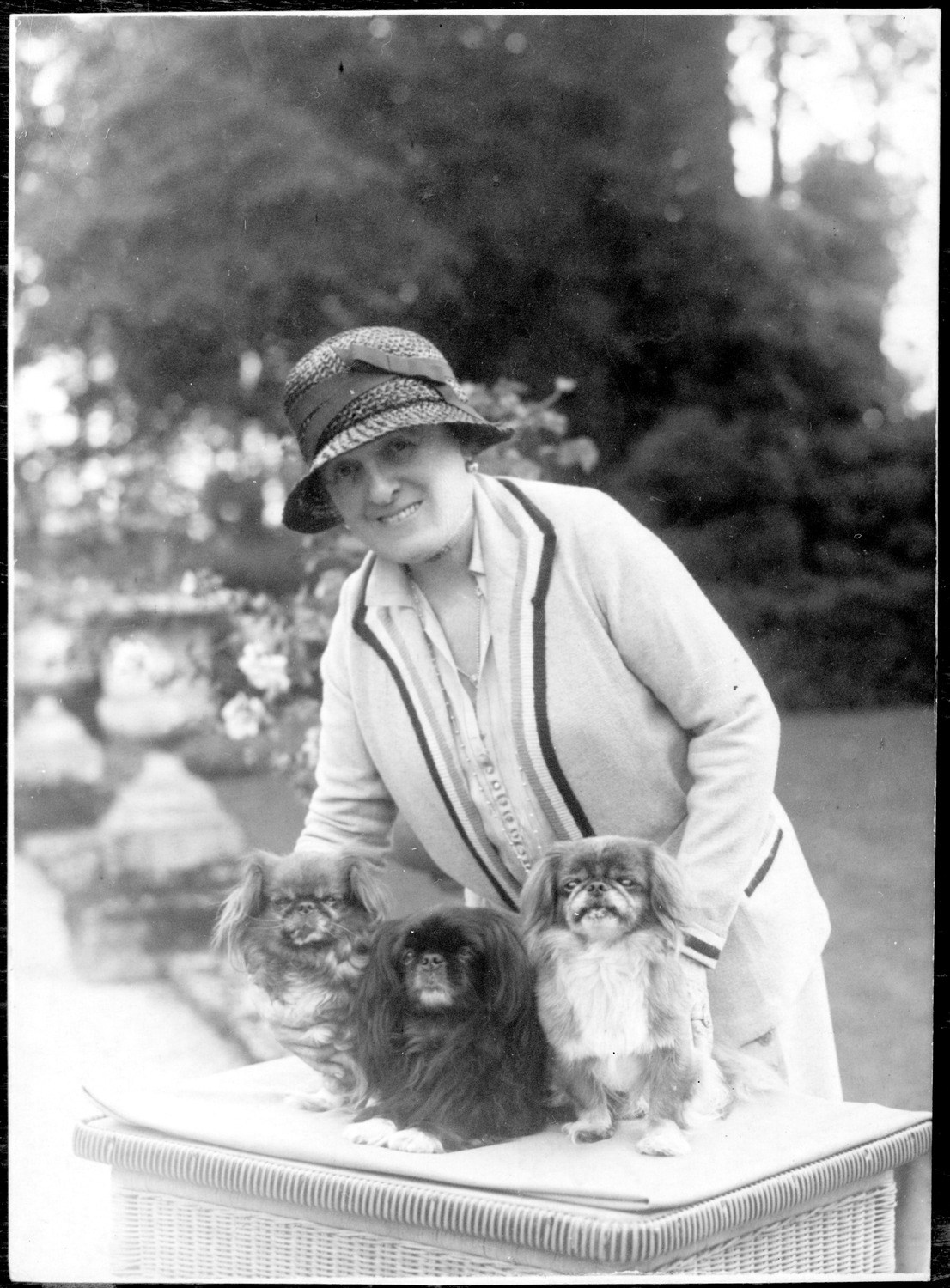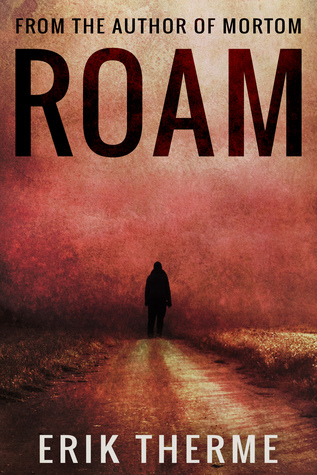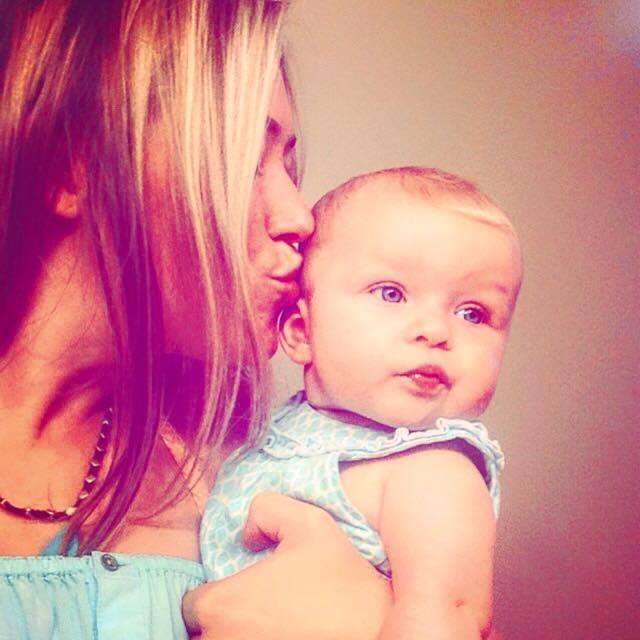
While there are an uncountable number of ghost stories, it is not very frequently that the ghosts haunt out of love and loyalty. In Edith Wharton’s Kerfol, A young man visiting Brittany is told by a friend that he ought to buy the Kerfol Estate. While visiting the unnerving location, the young man, our unnamed narrator, is followed about by a pack of strange dogs that showed no inclination to bark or play. The narrator is quite disturbed by this, saying, “this strange passivity, this almost human lassitude, seemed to me sadder than the misery of starved and beaten animals.” (Wharton 97) It isn’t until he returns to his friend’s house that he is informed that there are no dogs at Kerfol. In his friend’s library, he finds the written account, via court documents, of what took place at Kerfol that explains the existence of these strange dogs, and why they appear but once a year on the property. The narrator then claims that he will try to relay the story as accurately as possible and the focus if the story shifts from present period of the narrator to the past as it reveals the origins of the dogs. In the 1600’s, Yves de Cournault, lord of the domain of Kerfol, a widower given to unpredictable moods marries the young Anne de Barrigan, making her his wife and mainly leaving her to a life of solitude as he traveled abroad, occasionally returning to bring her a present. One of these presents in a golden, Chinese lap dog which Anne treasures as her favorite possession and companion and gives it her bejeweled bracelet to wear as a collar.
Plagued by isolation, Anne reaches out to a young nobleman, not for his passion, but for his help in escaping. Anne is kept as a prisoner at Kerfol, per the lord’s commands, she is constantly watched and escorted. As the nobleman, Lanrivain, is about to leave on a dangerous mission, she gives him her bracelet as a parting gift. This ultimately leads to Yves de Cournault’s jealousy and one night, she finds her beloved pet strangled to death with her bracelet on her pillow, her only solace in her life of loneliness. At this point, the story takes an element of structure of folk tales with the repetition of dogs entering Anne’s life and then Yves de Cournault executing them in the same way every time. Ultimately, the ghosts of the dogs get their revenge, killing the lord of Kerfol the same night that Anne tries to escape. Ultimately, Anne de Cournault does escape to freedom. Instead, she is found at her dead husband’s side. In response to her testimony that her dead dogs caused her husband’s death, a court of men sentence her to a life of isolation as a madwoman.
There are two elements of Edith Wharton’s Kerfol that I find especially effective. Wharton’s use of the ghost dogs as bringers of justice and the importance of that moment for Anne is juxtaposed by the court’s underwhelmed reaction and support for the lord’s masculine authority, seeing the dogs as unimportant and suggesting that it is Yves de Cournault’s right to kill them. Wharton writes, “This curious narrative was not told in one sitting of the court, or received without impatience and incredulous comment. It was plain that the Judges were surprised by its puerility, and that it did not help the accused in the eyes of the public. It was an odd tale, certainly; but what did it prove? That Yves de Cornault disliked dogs, and that his wife, to gratify her own fancy, persistently ignored this dislike.” (111 – 112) The court’s power is very concrete and palpable, for it is their decision and overall support of Yves de Cournault that leads to Anne ending her life treated as a madwoman, yet to contrast with this ultimate damnation, Wharton used the supernatural to give Anne’s presence as a woman some power as well. Anne’s love and desire to care for her dogs is clear, and despite the fact that the dogs in this story live very short lives at Kerfol before they are killed at the hands of her husband, it is clear the ghosts are loyal to her by acting when Anne would need their protection most, at her attempted escape. Thus, even though her relationship with these dogs and her love for them are not acknowledged by the court as worth anything, the story acknowledges this by giving the dogs the power to kill the lord in Anne’s defense.
Much of this story is concerned with fidelity, and Anne’s ultimate fate is shaped by this as well. While it is the court’s decision that she out to live her life isolated as a madwoman, it is her own loyalty to her husband that puts her in this place of judgment. In the moment when the dogs kill Yves de Cournault, that is Anne’s chance to run to the nobleman waiting for her and escape to freedom, but instead she runs to her dead husband, showing that even after this terrible treatment, she is still defined by her dog-like fidelity. Thus, even though her husband was convinced of her disloyalty, Anne’s fate is proof that she was worthy of being buried, “lying in the chapel with her feet on a little dog.” (108)
Wharton, Edith. The Ghost Stories of Edith Wharton. Scribner Paperback Fiction, 1997.
Featured photo: http://lithub.com/some-things-you-may-not-have-known-about-edith-whartons-dog-obsession/
Share this:





